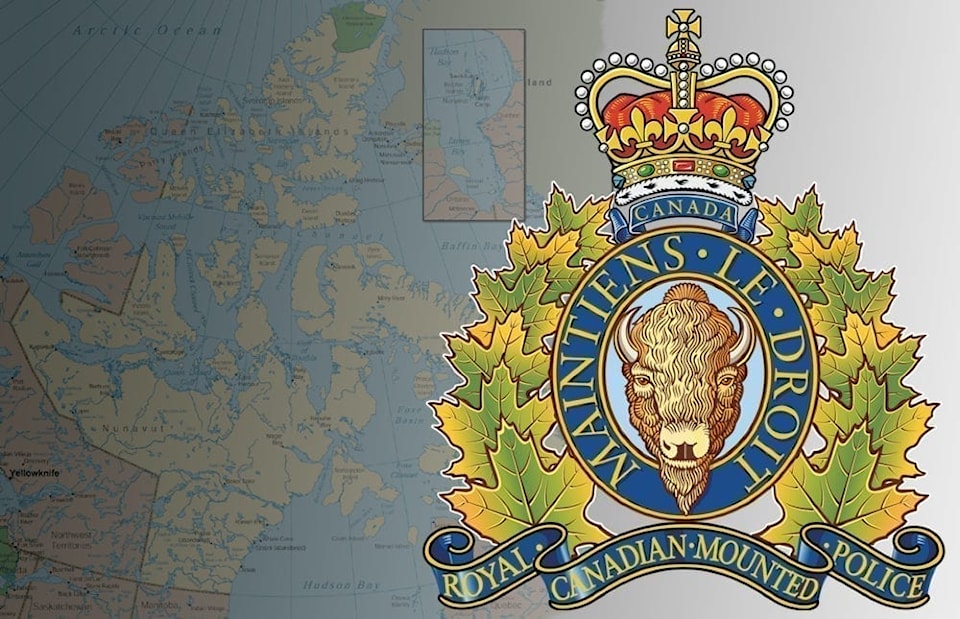While Inuvik RCMP fielded fewer calls in relation to assault-crimes, overall the department fielded 78 more calls for service in September 2019 than the previous year.
That was one of the highlights of the RCMP report to Inuvik Town Council during their Committee of the Whole meeting Oct. 21.
"For the most part, we're comparable to last year," said Cst. Paul Howlett. "The assaults are directly related to alcohol abuse — stuff like public disturbances and violations of the liquor act — those types of situations often go hand-in-hand."
In September, the department dealt with 39 assaults this year as opposed to 48 last year. Break and enter crimes were the same at two apiece. There was one fewer motor vehicle theft this year from the last. Police responded to one theft over $5,000 call compared to zero last year.
Drug possession calls doubled, from one last September to two this year, and trafficking calls jumped tenfold to 11 from one last year. Violations of the liquor act dropped from 18 last year to eight this year. There were 12 impaired driving calls compared to 10 last year.
The biggest spikes were in causing a disturbance and public mischief, which jumped from 125 last year to 159 this year. "Other complaints" saw an increase from 90 last year to 152 this year.
Howlett added council should expect to see more traffic crimes being recorded as the detachment has close to a full roster, now with a dedicated team of traffic patrol officers.
"We've got a number of new members who are very proactive and like to be out in the streets," he said. "I can tell you right now that number is going to continue to rise every month."
Deputy Mayor Steven Baryluk asked if traffic officers had seen an increase of drivers impaired by cannabis since it was legalized. Howlett said there had been no noticeable change and alcohol was still the main cause of impaired driving.
He also highlighted a number of proactive programs, including a number of officers coaching hockey and getting involved in the schools. He noted a 'mini-mountie' program will be starting soon, which provides presentations to students about how to recognize and prevent bullying, making smart choices around drugs and alcohol, and both outdoor and internet safety tips.
Another initiative in the works is the Aboriginal Shield program, a substance abuse prevention program specifically geared towards Indigenous cultures.
Getting to the schools was paramount, he added, because it usually takes the better part of a decade for anti-drug and anti-bullying programs to have a noticeable effect.
"Youth is typically where it starts," he said. "I know it's a cliche, but an ounce of prevention is worth a pound of cure.
"With the continuation of these programs you will see improvements five to 10 years down the road. It's not necessarily something most towns want to hear, but I've worked in plenty of small towns where we've implemented things like the D.A.R.E. program and it does work. It just takes time"
